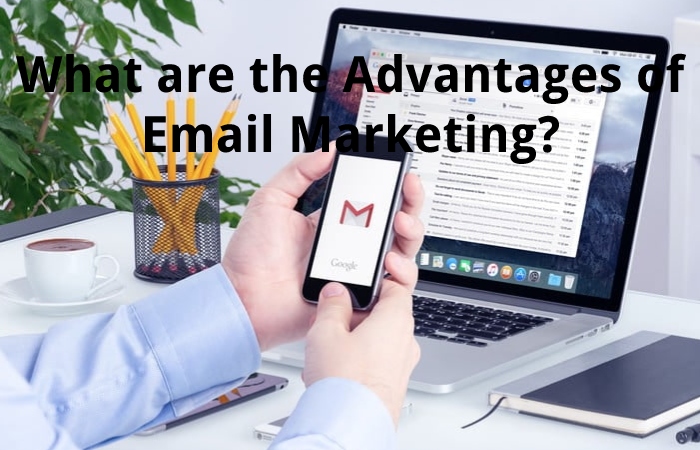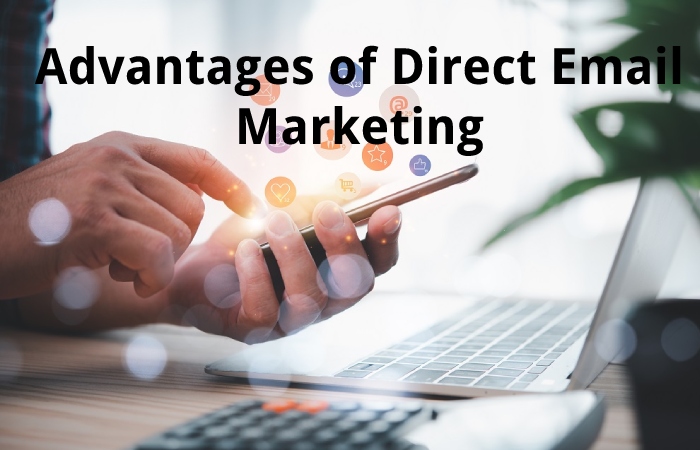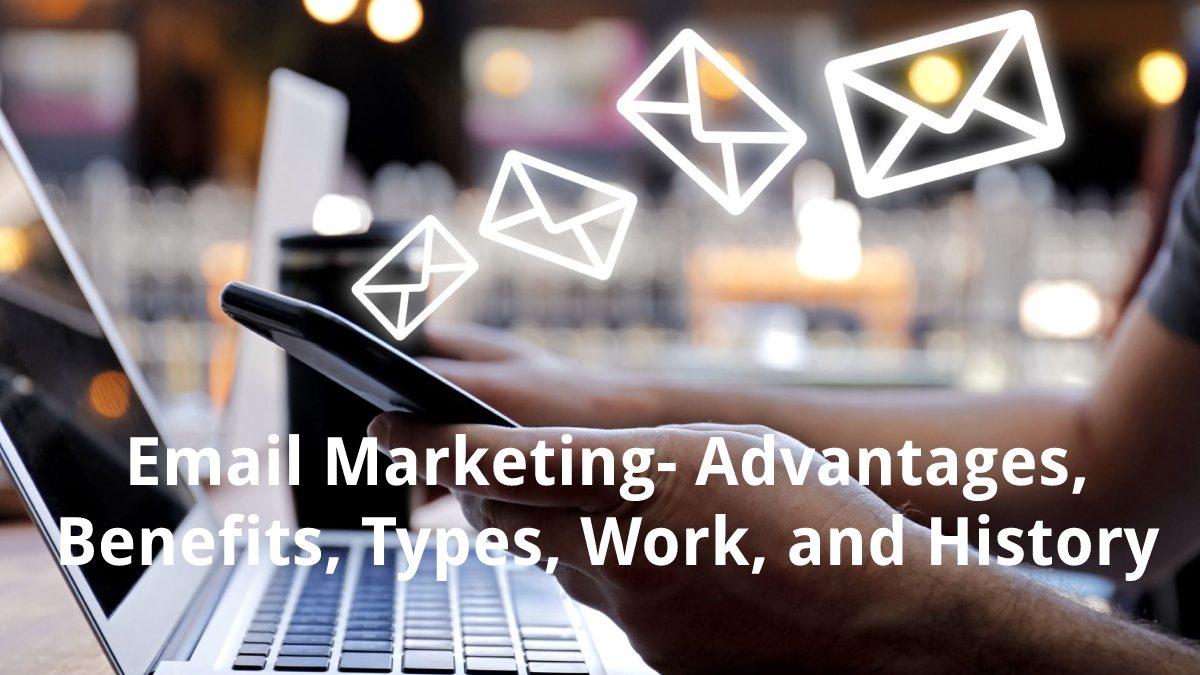Table of Contents
Email Marketing
Email marketing focuses on sending a message to acquire new customers, develop relationships with current ones, create loyalty, interact with contacts, increase sales, build trust in a service or product, and confirm a purchase order. It is among other goals.
What is Email Marketing?
Email Marketing is the key to your customer’s hearts and wallets. Sounds pretty grand, but it’s true. How true is it? According to the Direct Marketing Association, the market through the mail has, on average, a return on investment (ROI) of 4,300%. Or, to put it in more obvious terms, that equates to $43 worth of money for every dollar spent. Not a bad investment at all. And the best part? Achieving results doesn’t require trickery, manipulation, or great software techniques. With a few ideas to share and some essential online tools, you can start using email marketing today to build a strong relationship with your ideal audience and grow your business with happy customers.
What is Email Marketing For?
Email marketing has several functions, one of which is the way to connect directly with our users, feedback on our products and services, and brand promotion, services, and/or development. Email marketing also helps increase sales and outreach opportunities.
What are the Advantages of Email Marketing?

With email marketing, we can obtain hundreds of advantages, including instantly transmitting messages and information to different users, generating a direct relationship with our subscribers, receiving feedback on our brand, service and product, etc.
- Resources of interest
- The ultimate guide to email marketing
- How to design an email marketing plan from scratch
- Template to create marketing proposals
- Metrics to measure the effectiveness of an email marketing campaign.
Benefits of Email Marketing
The main benefit of Email Marketing is the direct joining with your potential client; it is that almost personal contact with a person that can be converted into a sale. Other aids of this digital marketing tool are:
The cost
There are many platforms, which we will discuss later, in which mass mailing is entirely free, as well as templates, etc. So the cost of an email marketing movement is meagre compared to other digital marketing techniques.
Segmentation
Email Marketing lets you carefully segment who you will send each message. So if you know your Buyer Persona (audience) and what they want to read, what you need to know, what interests them, their needs, daily challenges and goals, etc. Then, you will be able to make 100% personalized content, which means you will be very close to generating a conversion.
Immediacy
In a world where audiences want everything from yesterday, Email Marketing becomes your ally because once you have defined your strategy and segmentation, only a few minutes will pass between clicking the send button and receiving the email from your potential customer.
You Reach any Corner of the World
Sometimes it is tough to get clients in other countries, but with Email Market, you break geographical barriers and can reach any corner of the world with just one click. Long live globalization!
Types of Emails Marketing
According to their use, these are ways in which emails can be catalogued:
Occasional Emails
Occasional emails are sent when needed, according to the rhythm of your business.
Newsletters or newsletters usually present your company news (new features or services) and summarize the best of your blog. They allow you to break into the minds of your receivers and inspire them.
Email campaigns are more focused on marketing and sales. A campaign can consist of 3-10 emails over several days or weeks. For example, a deal for mother’s day, special offers for the holiday season, the launch of a new product, etc.
Automated Emails
Automated emails can save you time and cash.
These emails are personalize based on the information you have about a contact. For example, they may be sent automatically in response to specific contact activity, such as making a purchase or signing up for a newsletter.
The great thing automate emails is that no one needs to be physically present to hit send.
You create and define an email pattern that is sent directly to your receivers in response to predefine “trigger” conditions.
How does Email Marketing Work?
There are two chief types of email markets: incoming and outbound. And also, The input is usually used by B2C brands, while the output is generally for B2B businesses. We’ll focus primarily on the inbound market, but the thing to know about outbound marketing is that it’s often used in email content market to engage with other businesses for collaboration and backlinks.
Otherwise, you first need to gain email subscribers when starting out with the email market. So, you create email market campaigns targeting the type of people who sign up to receive your emails. After some a/b challenging for your email market movements, you should start to get familiar with what works with your particular clientele and be able to create messages that are better suited to your goals.
Email Marketing History and Trends
Nowadays, it’s hard to imagine life without it, but marketing has a history that lasts to change. In 1971, Ray Tomlinson directed the first email. So what did the message of this historic leap in communication say? Tomlinson says it was “something like QWERTYUIOP”.
Seven years later, Gary Terek, manager for Digital Equipment Corp, sent the first blast promoting DEC machines to 400 users via Arpanet. And also, The promotional email worked, generating $13 million worth of sales. Unfortunately, in the early 2000s, spam was becoming a huge problem. So, in 2003, President George W. Bush employed the CAN-SPAM Act into law as part of a national effort to combat the flood of unsolicited emails.
Advantages of Direct Email Marketing

You can build relationships with prospects. And also, If your segmentation is relevant, people will need your products and services.
You can personalize your emails, which will increase your email open rates.
You can estimate its effectiveness by open email rates, clicked links, and conversions. These metrics allow you to optimize your work and improve it.
Disadvantages of Direct Email Marketing
If your mailing list is segmented correctly, it won’t deliver any results; therefore, you will have spent a lot of money in vain.
People not interested in your products may not only ignore your email but even send it to the spam folder.
The Objective of Email Marketing
The objective is to inform the clients or subscribers in the company database. And also, It is benefits for launching promotional campaigns, and valuable content and enhancing communication between users and the company. And also, The company prepares messages, data and information that it sends to all its members via email in its database. For example, they can be customers or subscribers who have registered on the web through a form.
Many pages make registration forms available to users who visit the blog or the main page to receive new and valuable content. This is one of the ways to increase the database to later put this digital communication technique into practice.
Conclusion
In a nutshell, marketing can be clear as any at sent to a potential customer to convert them into a sale. But as a marketer, it’s best to think of marketing as a personalized communication flow that builds a relationship of trust between you, your make, and your contact.

